Researchers at the University of Tokyo, Japan, have successfully implanted chloroplasts from algae into hamster cells, enabling animal cells to photosynthesise for up to two days.
From University of Tokyo 01/11/24 (first released 30/10/24)
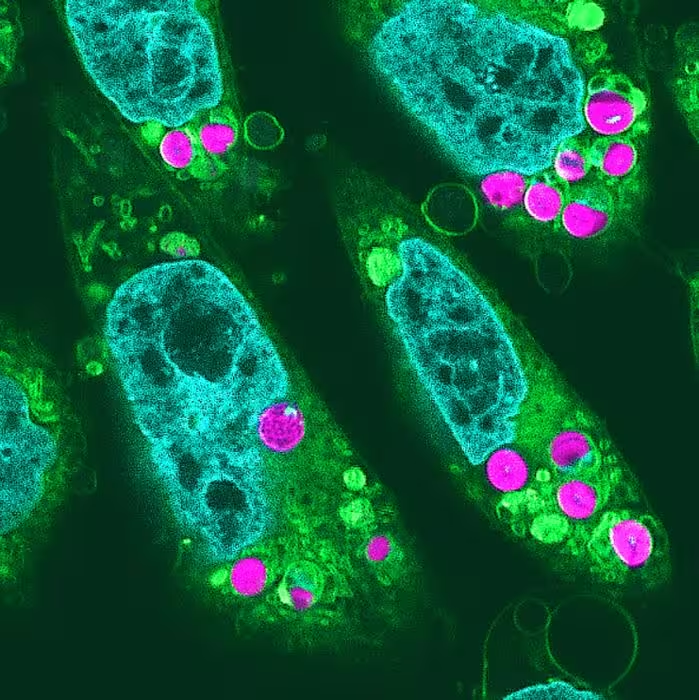
Energy-making chloroplasts from algae have been inserted into hamster cells, enabling the cells to photosynthesize light, according to new research in Japan.
It was previously thought that combining chloroplasts (chlorophyll containing structures in the cells of plants and algae) with animal cells was not possible, and that the chloroplasts would not survive or function.
However, results showed that photosynthetic action continued for at least two days.
This technique could be useful for artificial tissue engineering.
Tissues can struggle to grow due to a lack of oxygen, but adding chloroplast-infused cells could enable oxygen and energy to be supplied through light exposure and photosynthesis.
Would you like to be solar powered?
What if, like plants or algae, just lying around in the sun could help you get energy (and not just because of all the vitamin D)?
It may seem like science fiction, but some animals have already tapped into this nifty trick.
Giant clams, for example, live in a symbiotic relationship with algae.
Algae contain chloroplasts, and so can photosynthesize light into food and oxygen.
While the clams provide a home for the algae, the algae provide energy to help their amiable hosts thrive.
However, unlike plants and algae, animal cells do not contain chloroplasts.
That is until now, as researchers have demonstrated that it is possible to functionally combine the two.
“As far as we know, this is the first reported detection of photosynthetic electron transport in chloroplasts implanted in animal cells,” said Professor Sachihiro Matsunaga of the University of Tokyo, corresponding author of the research paper.
Photosynthetic electron transport generates chemical energy and is necessary for numerous cell functions in plants and algae.
“We thought that the chloroplasts would be digested by the animal cells within hours after being introduced.”
“However, what we found was that they continued to function for up to two days, and that the electron transport of photosynthetic activity occurred.”
The team inserted chloroplasts from red algae into cultured cells derived from hamsters.
The researchers examined the structure of the chloroplasts within the cells via several imaging techniques, including confocal microscopy, superresolution microscopy and electron microscopy.
They also measured and confirmed that the electron transport of photosynthetic activity was occurring by using pulses of light (a technique called pulse amplitude modulation fluorometry).
“We believe this work will be useful for cellular-tissue engineering,” said Matsunaga.
“Lab-grown tissues, such as artificial organs, artificial meat and skin sheets, are made of multiple layers of cells.”
“However, there is a problem that they cannot increase in size due to hypoxia (low oxygen levels) inside the tissue, which prevents cell division.”
“By mixing in chloroplast-implanted cells, oxygen could be supplied to the cells through photosynthesis, by light irradiation, thereby improving the conditions inside the tissue to enable growth,” he explained.
The team is continuing its research on creating “planimal” cells that can provide the beneficial features of plants to animals.
In this study, it found that animal cells which contained chloroplasts experienced an increased cell growth rate, suggesting that the chloroplasts provided a carbon source (fuel) for the host cells.
The researchers suggest that future studies could investigate the processes involved in the exchange of substances between the host cell and chloroplasts, as well as what additional substances are produced.
Matsunaga said:
“We expect planimal cells to be game-changing cells, which in the future can help us achieve a ‘green transformation’ to a more carbon-neutral society.”
“We will continue to develop innovative biotechnologies with the aim of realizing a sustainable society and the reduction of carbon dioxide emissions.”
More info
You may also be curious about:
-
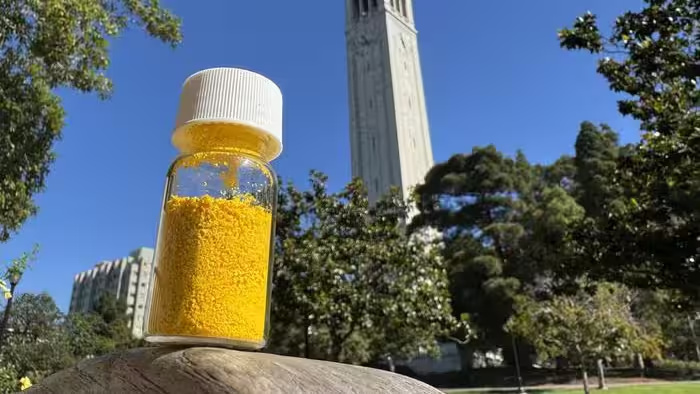
Capturing carbon from the air just got easier
-
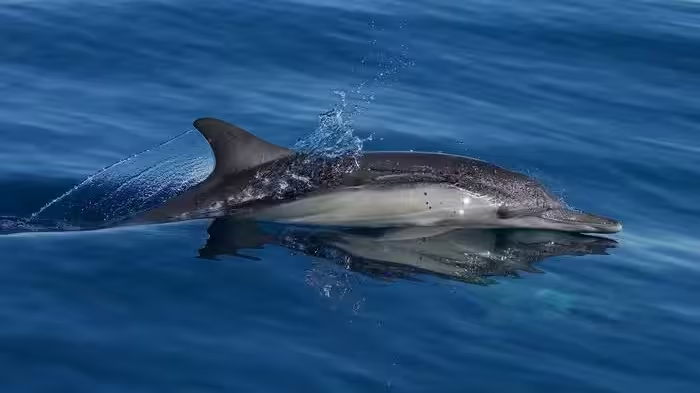
Dolphins sense military sonar at much lower levels than regulators predict
-

What standing on one leg can tell you
-
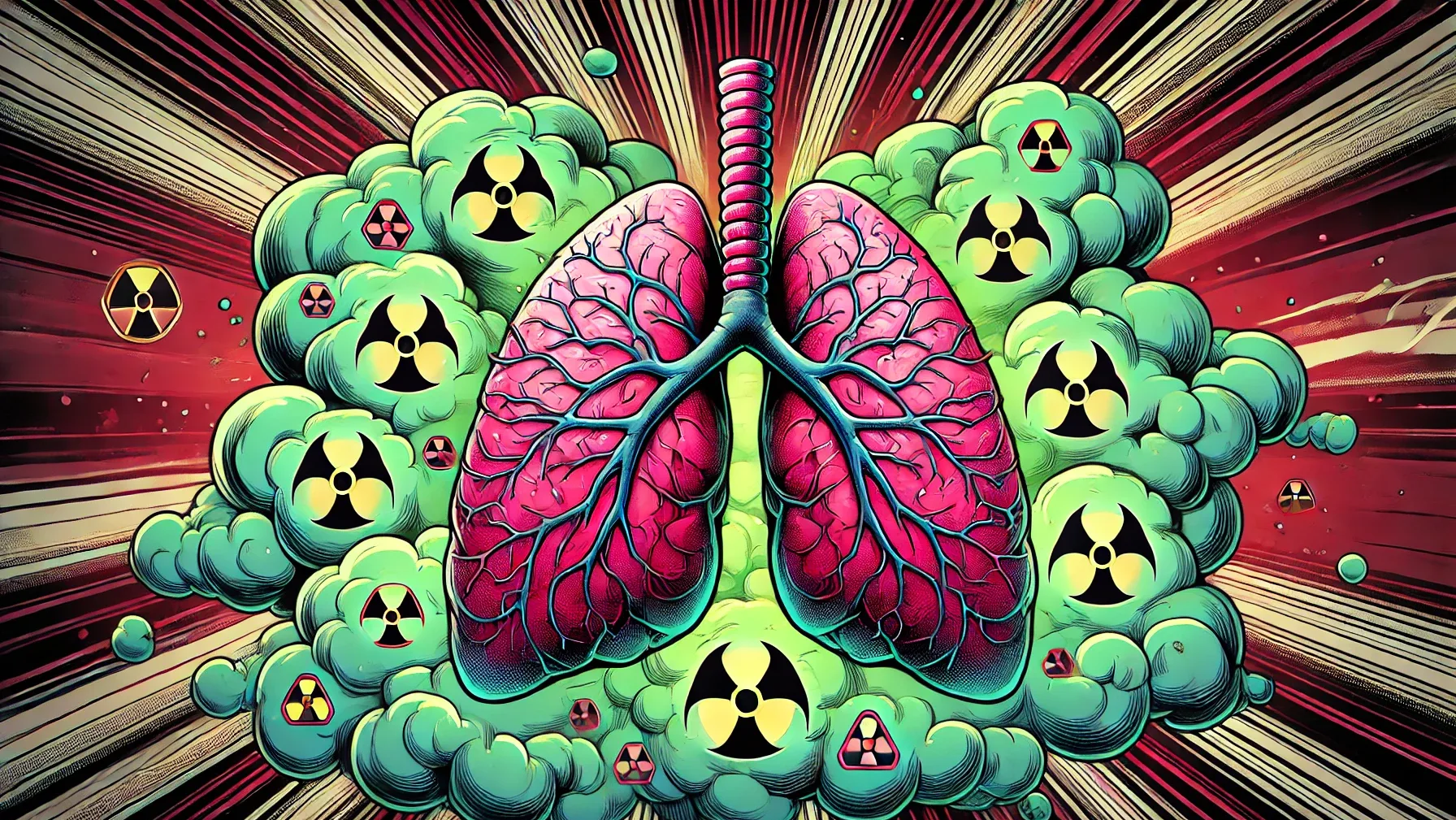
Growing number of Canadian households contain dangerous levels of radon gas
-
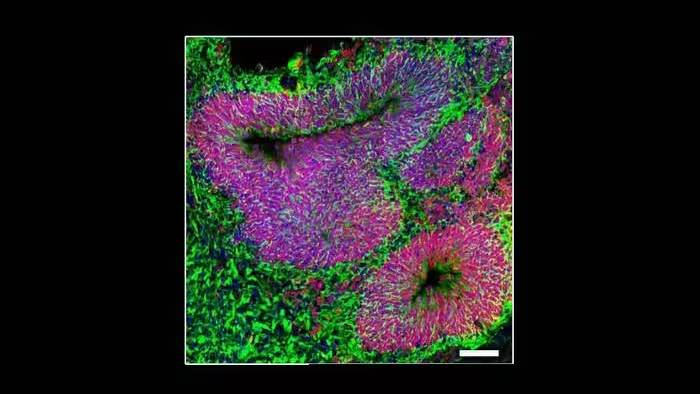
“Human mini-brains” reveal autism biology and potential treatments
-

Sleep experts call for UK to abolish twice-yearly clock changes
-

Physicists discover first “black hole triple”
-
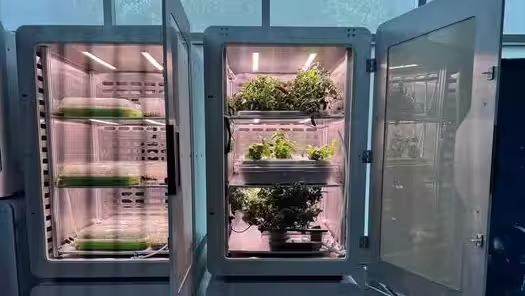
With “electro-agriculture,” plants can produce food in the dark and with 94% less land, bioengineers say
-

People hate stories they think were written by AI. Even if they were written by people
-
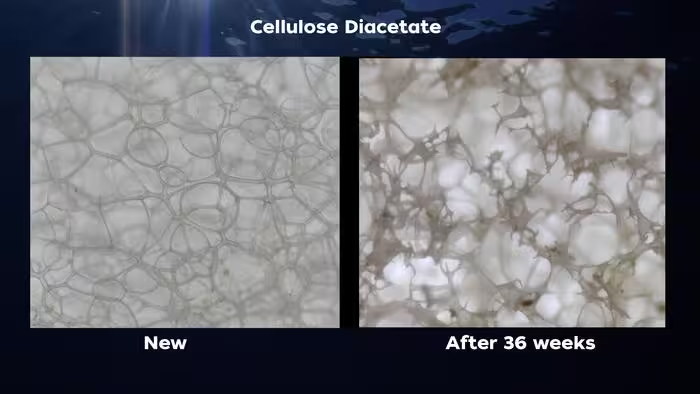
Scientists discover fastest degrading bioplastic in seawater
-

Catching prey with grappling hooks and cannons
-
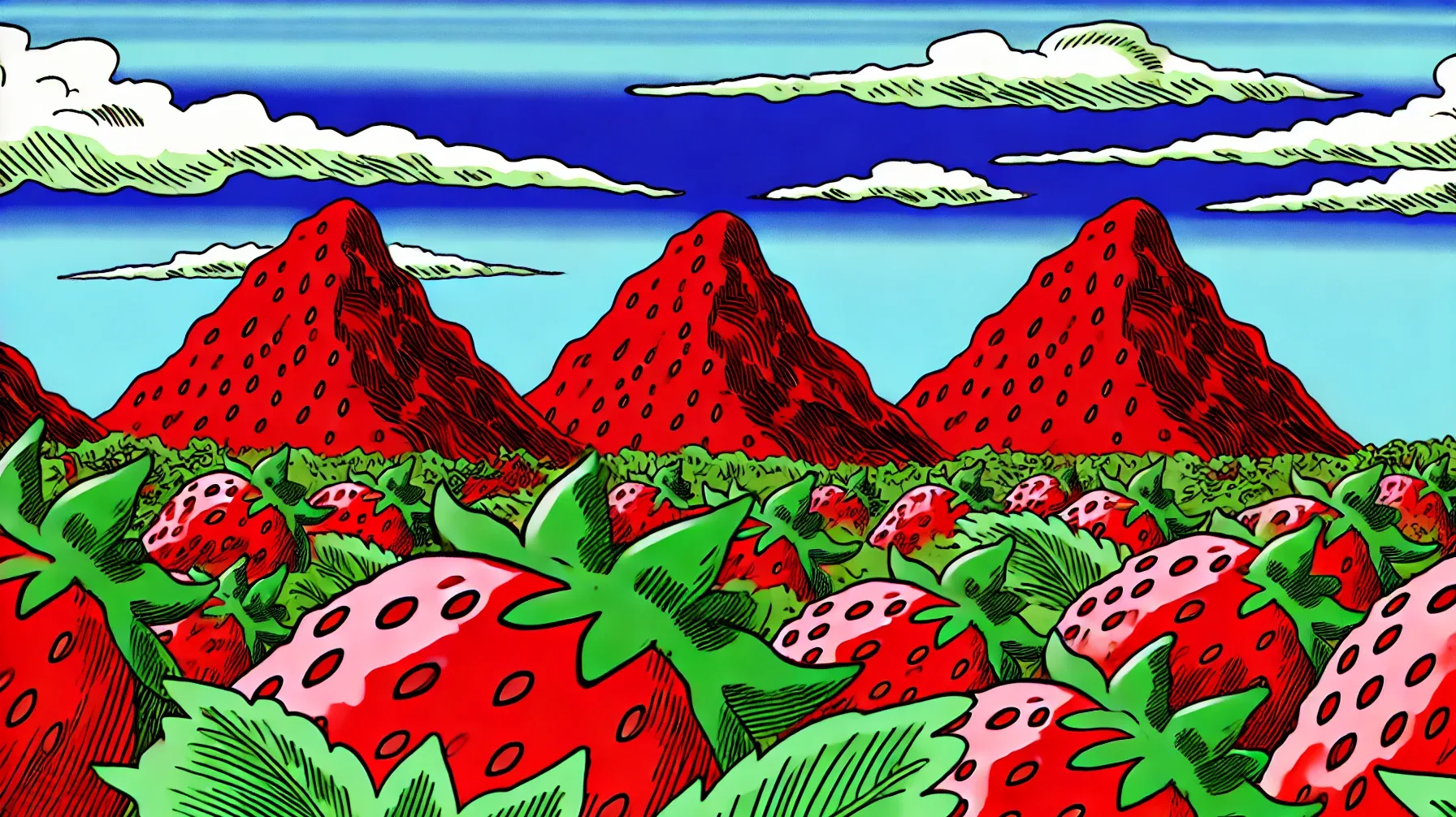
New study reveals strawberries as a powerful ally for heart health
